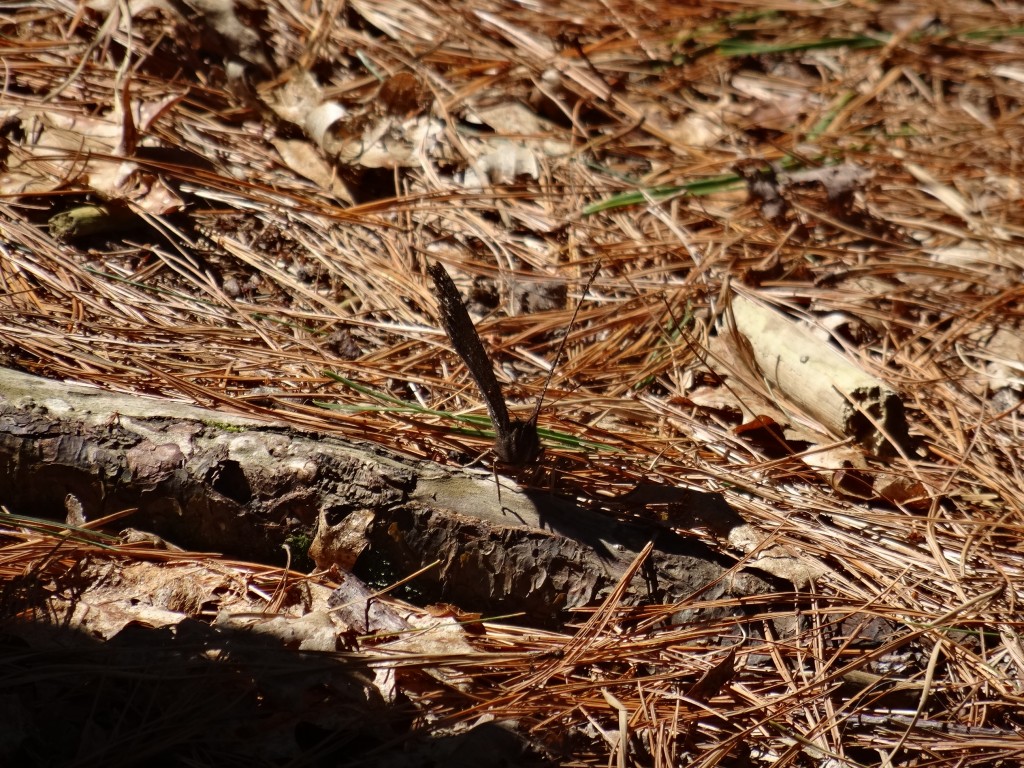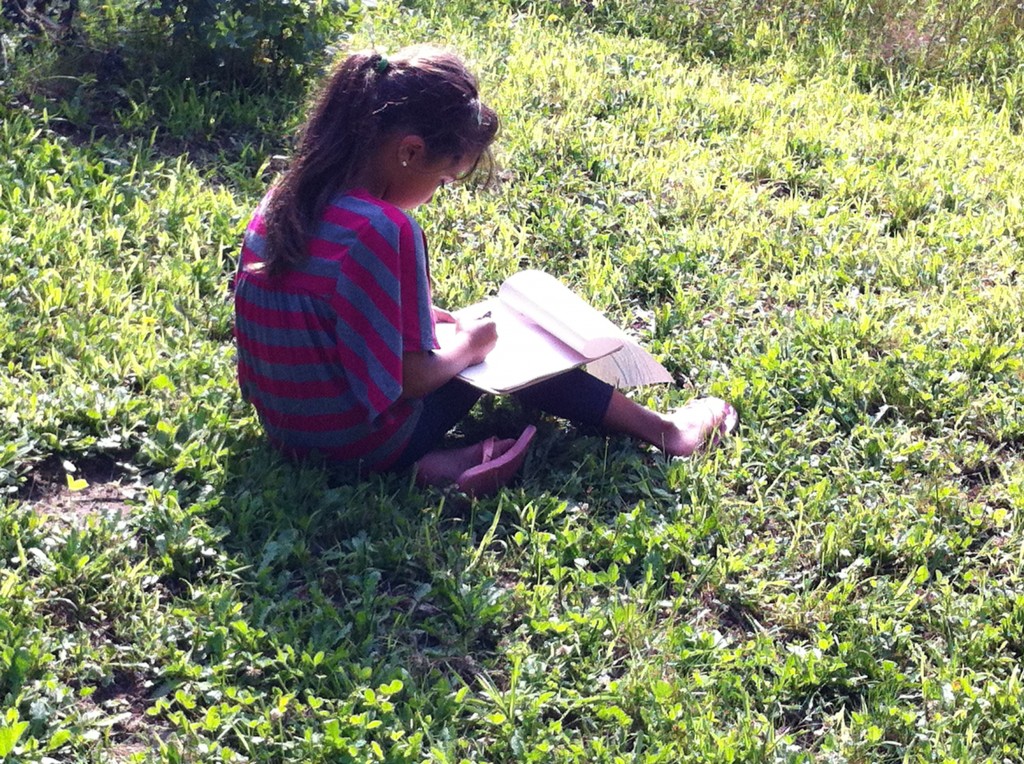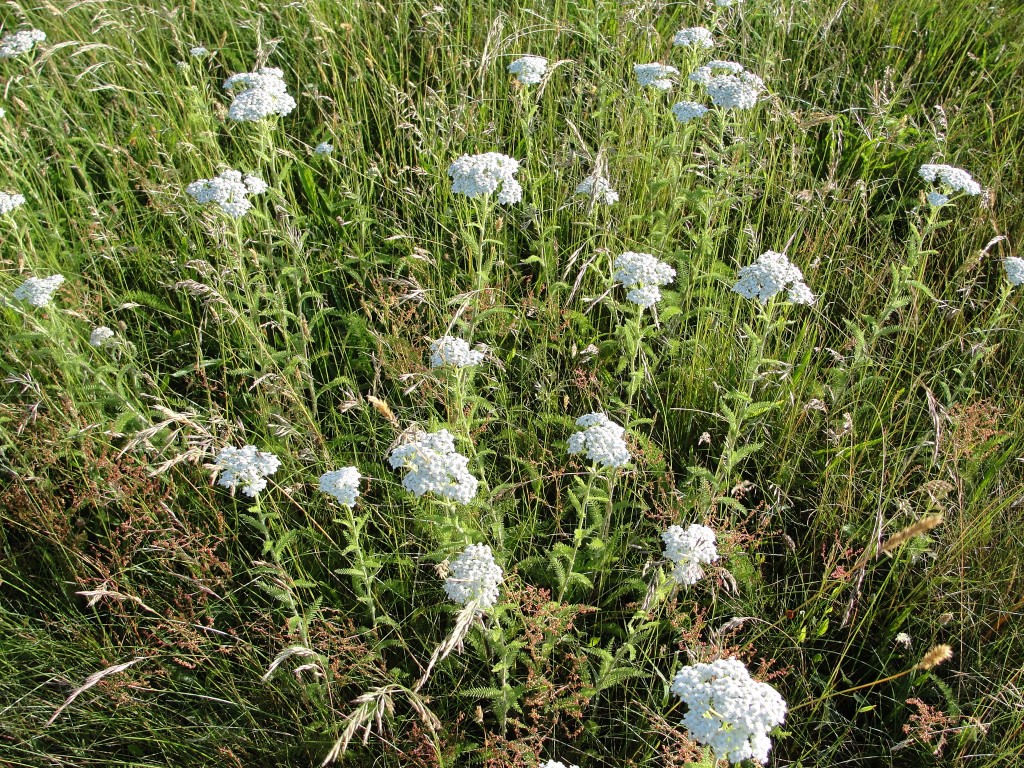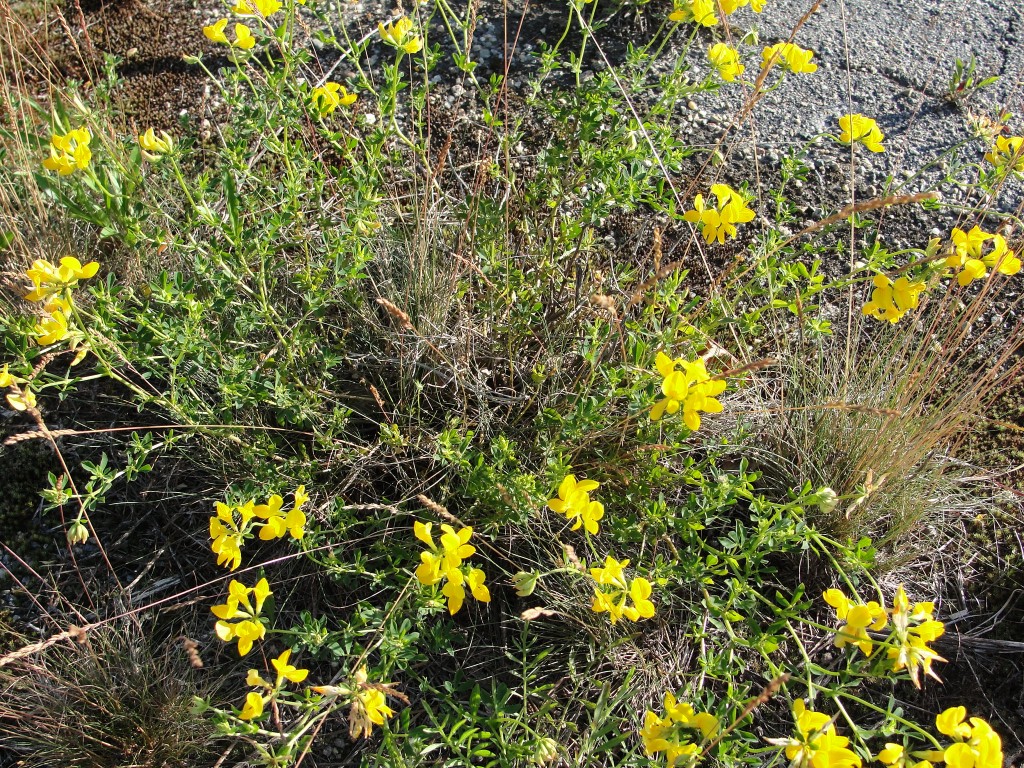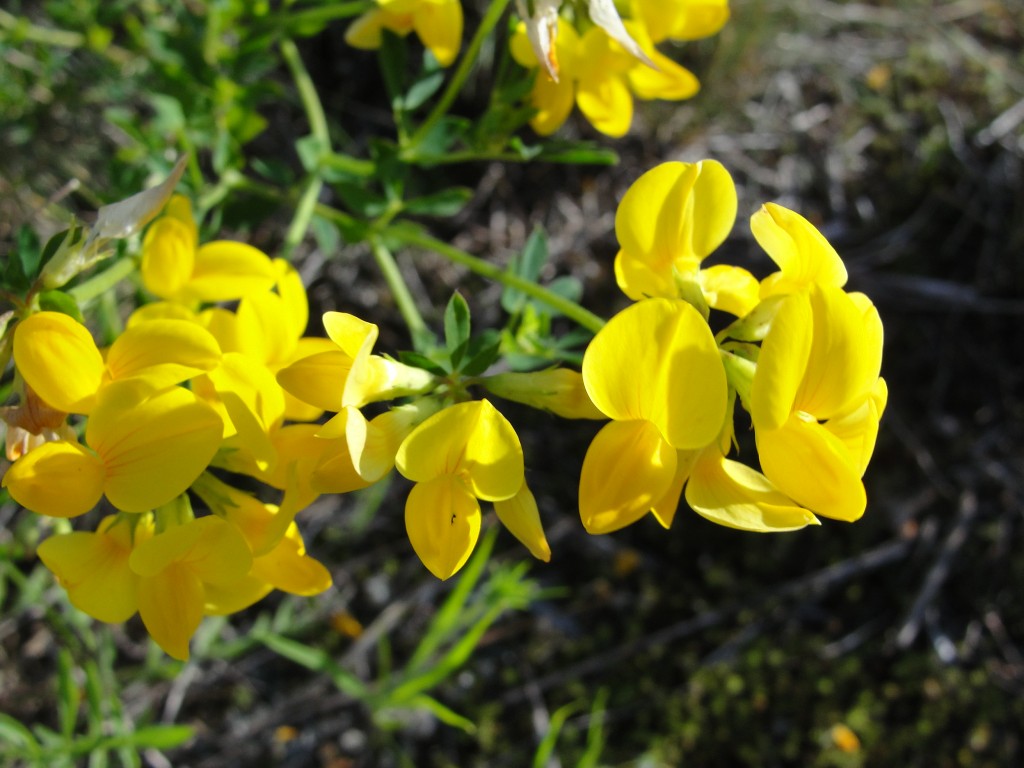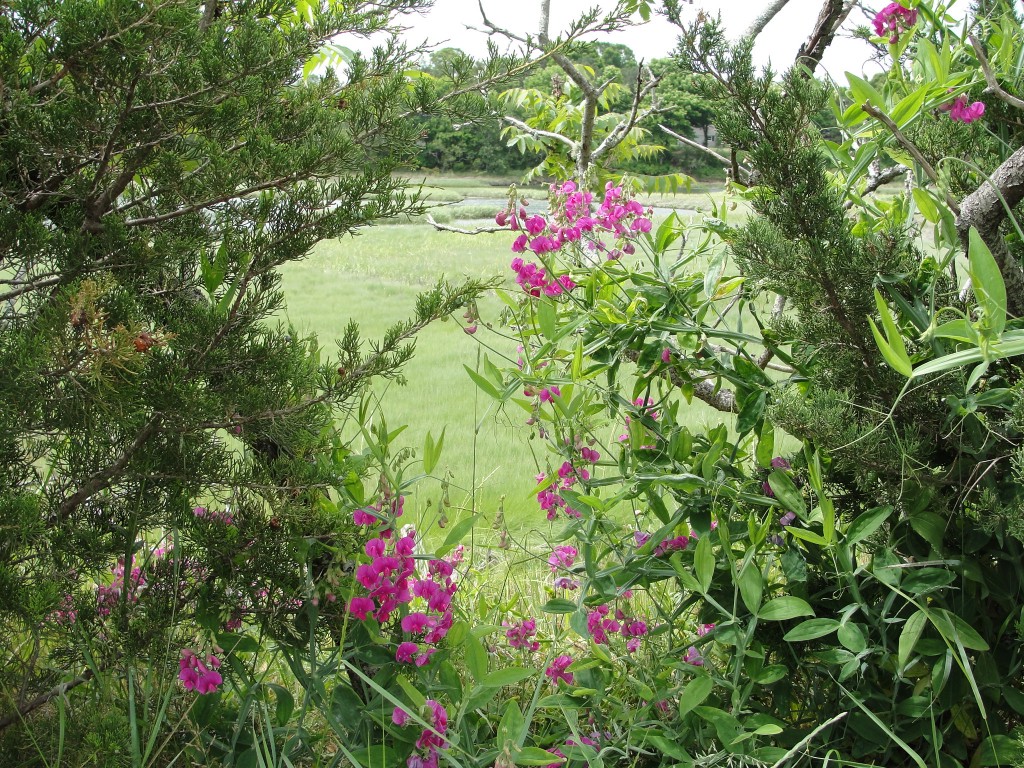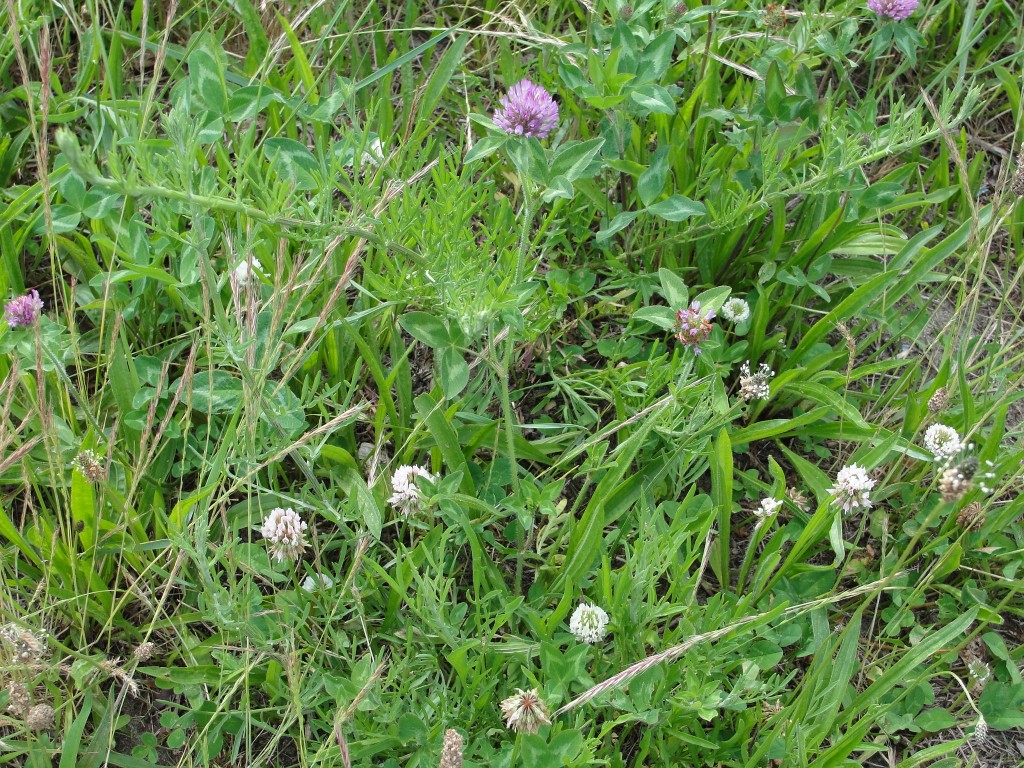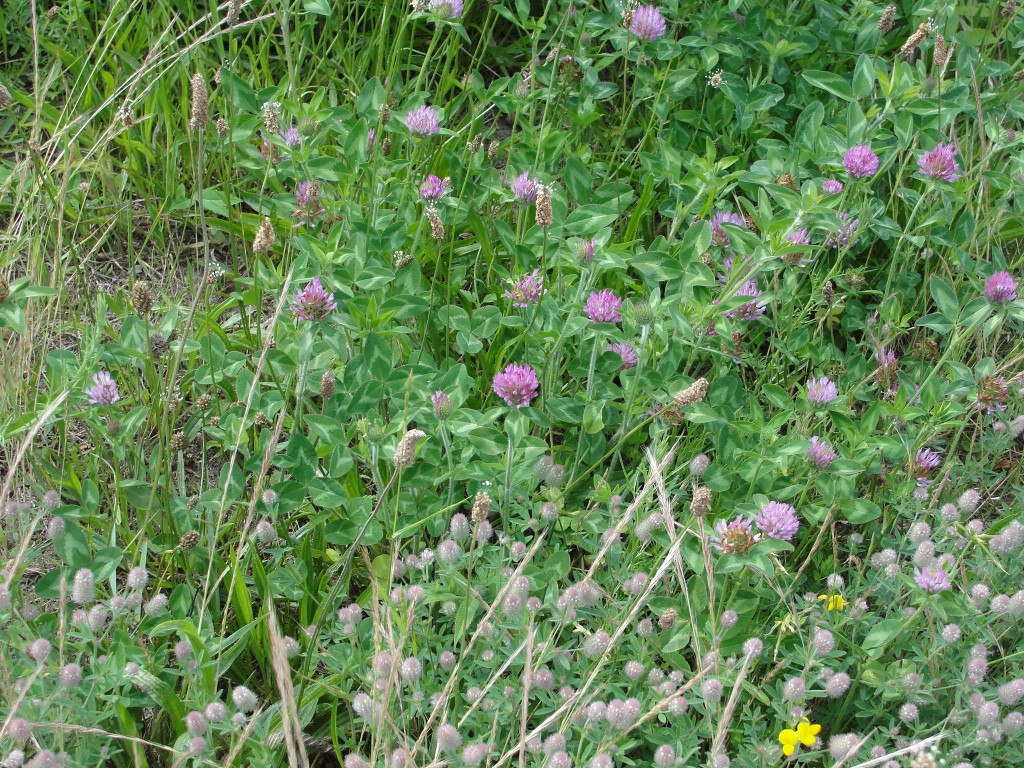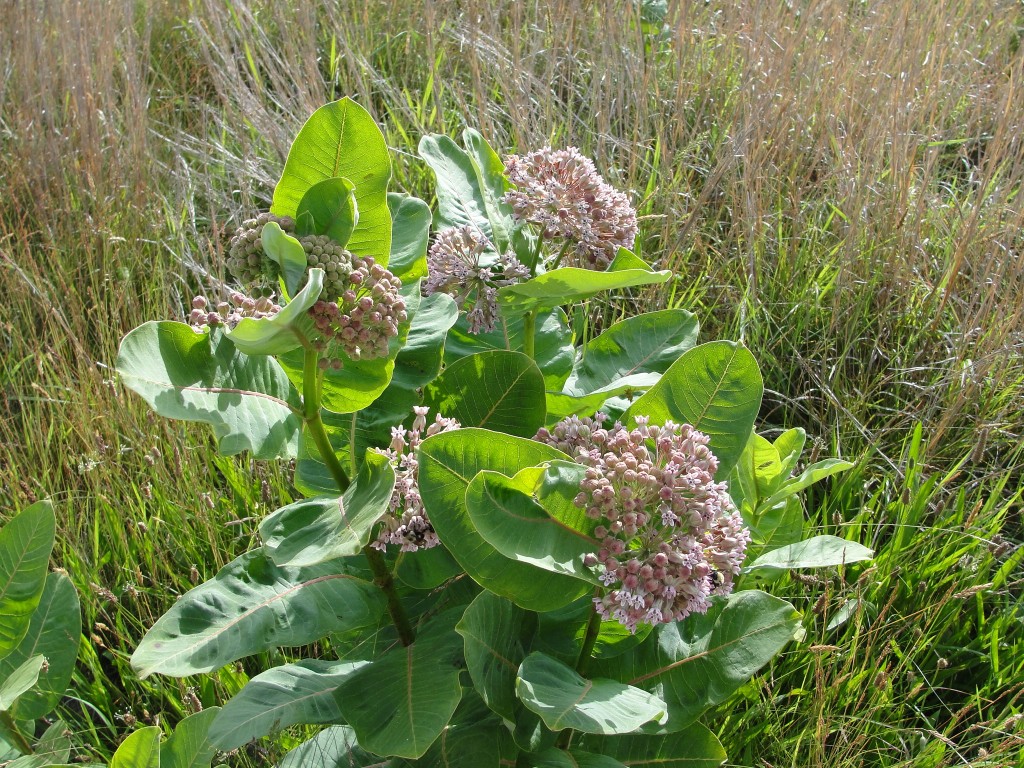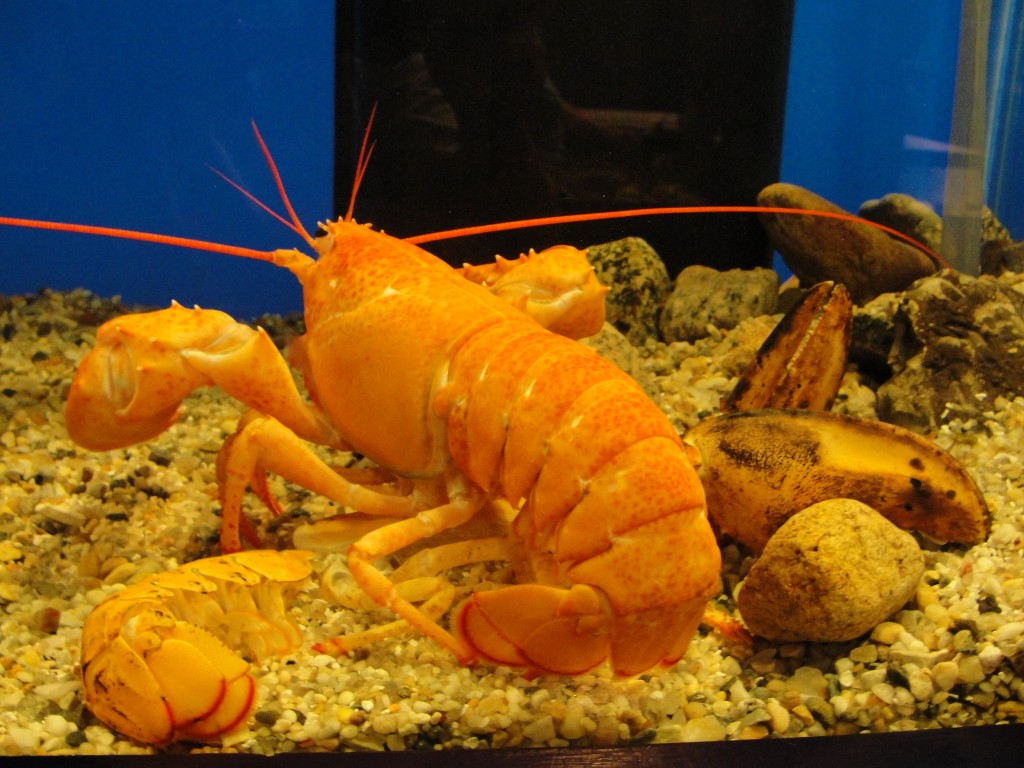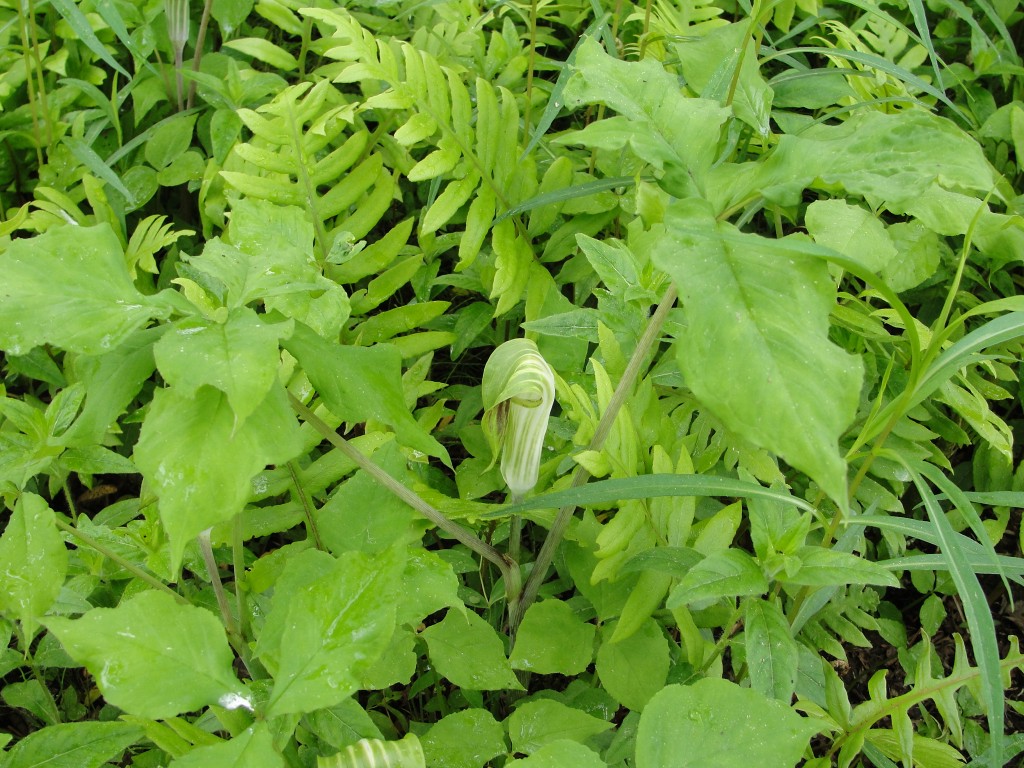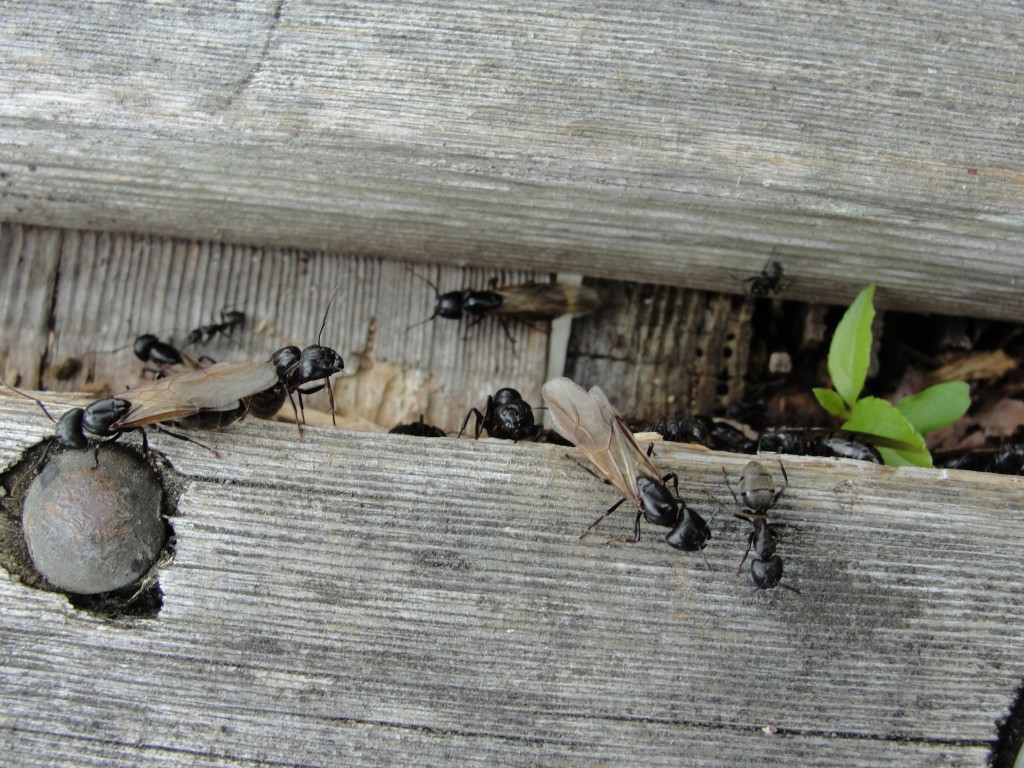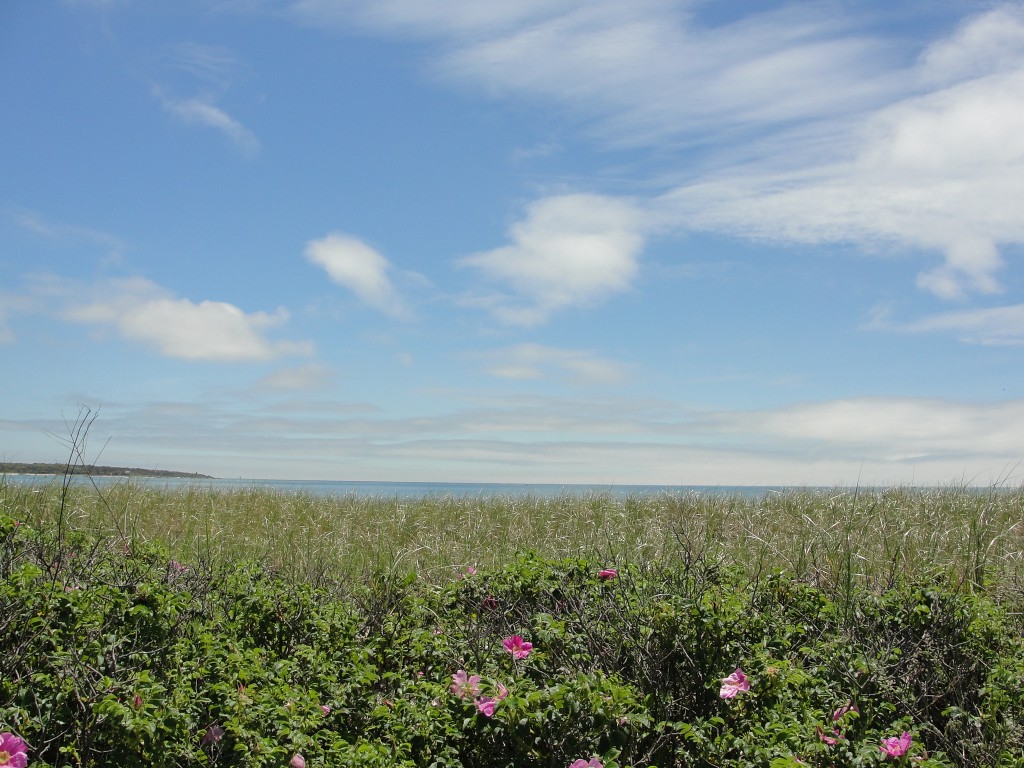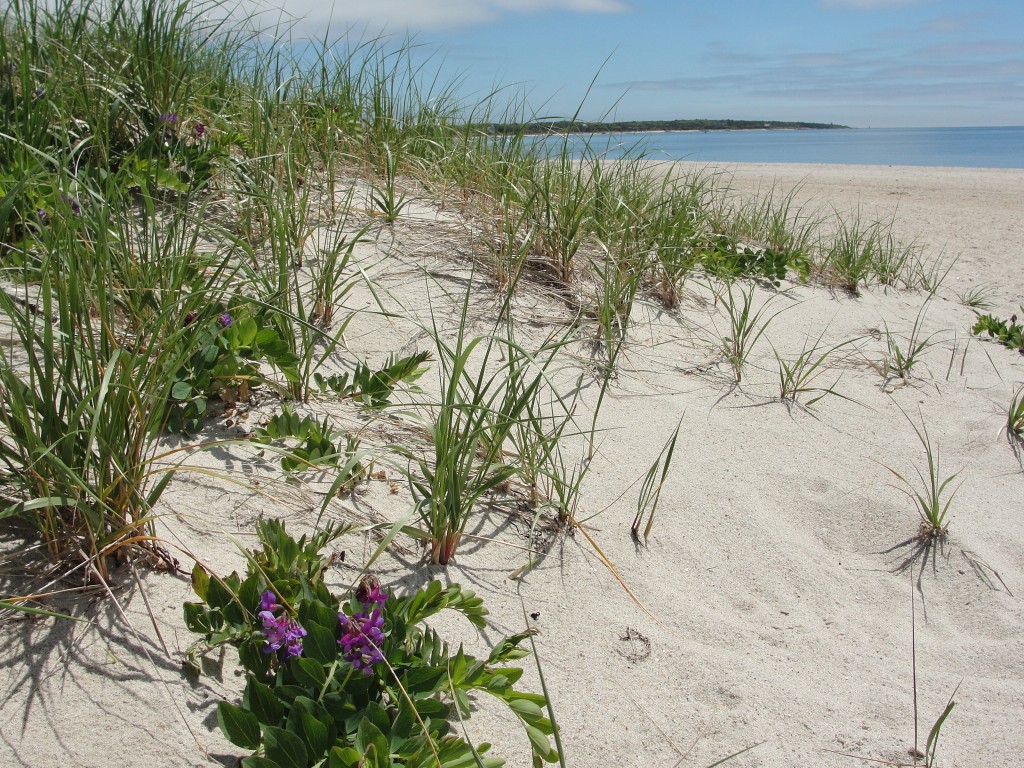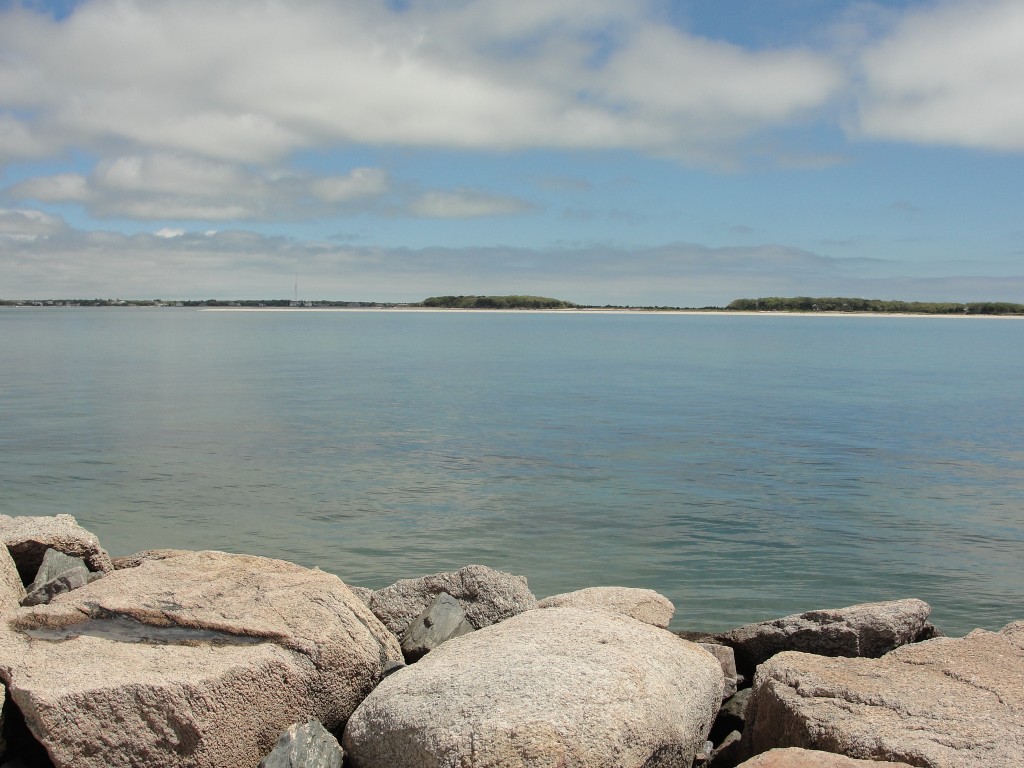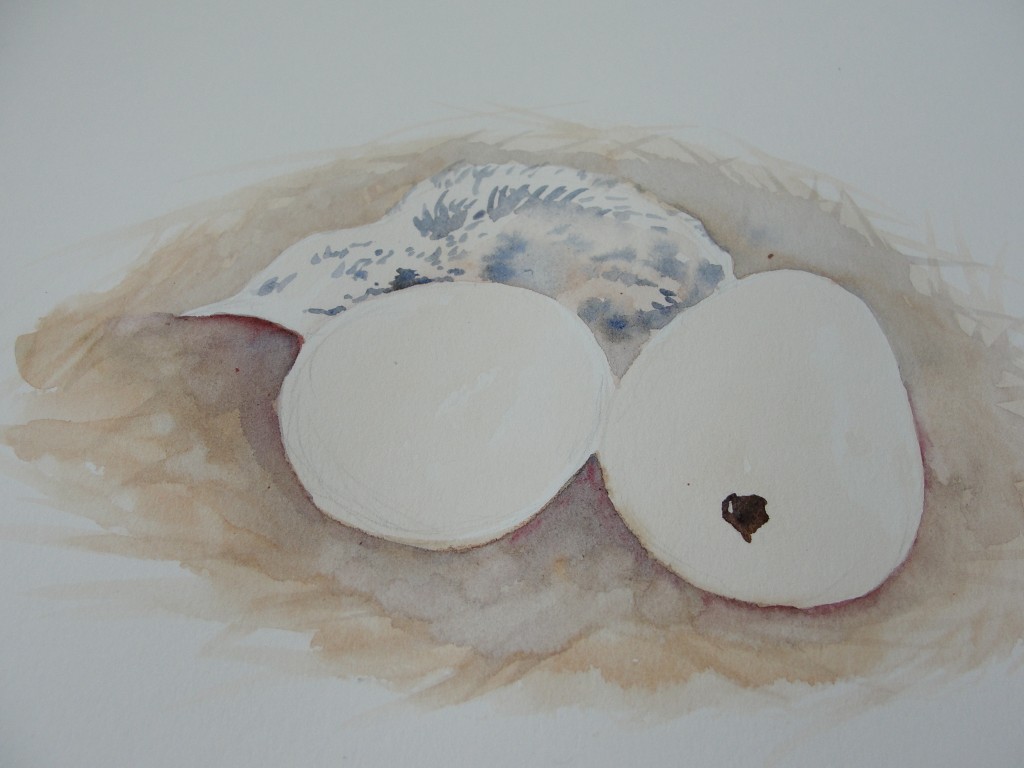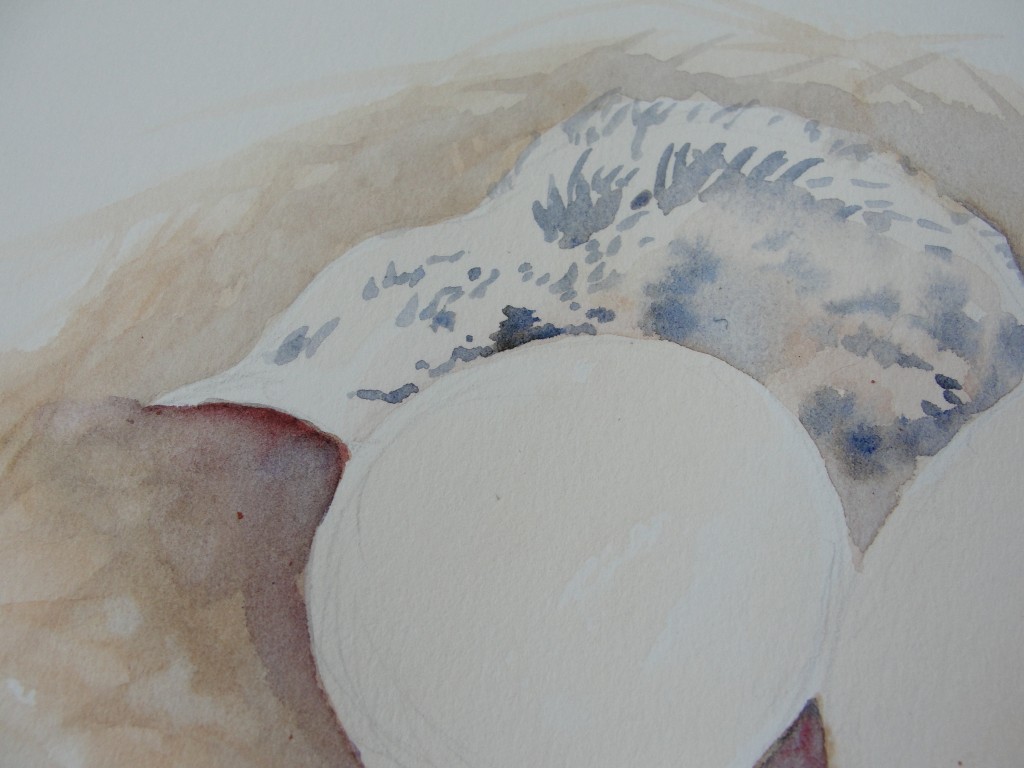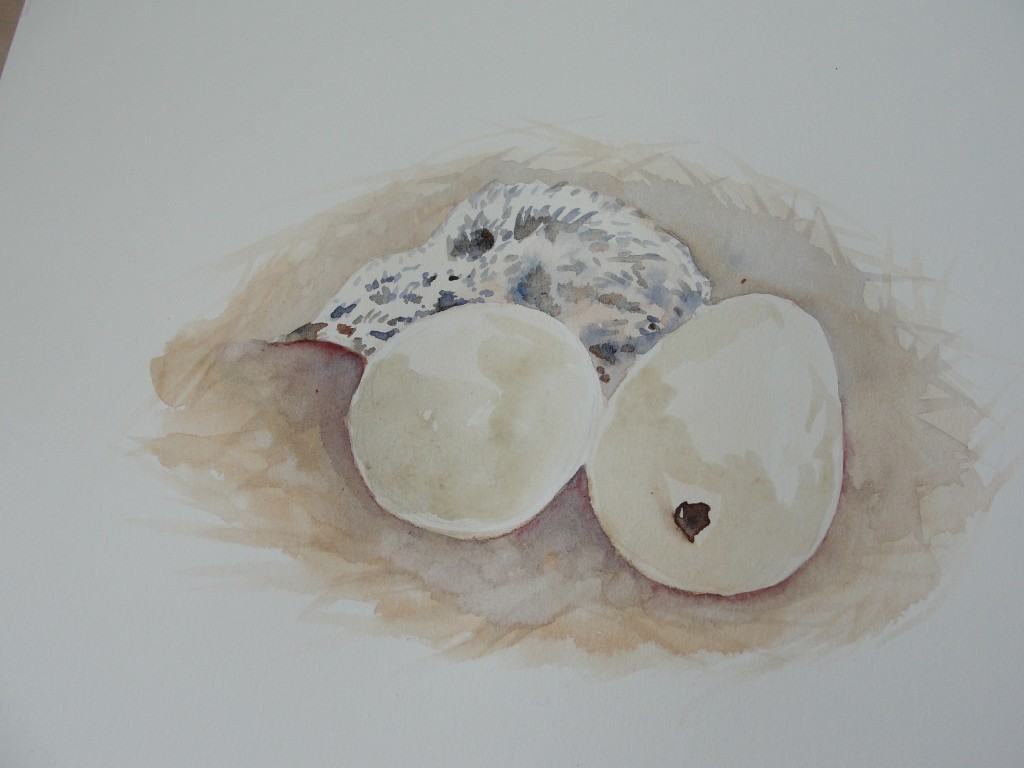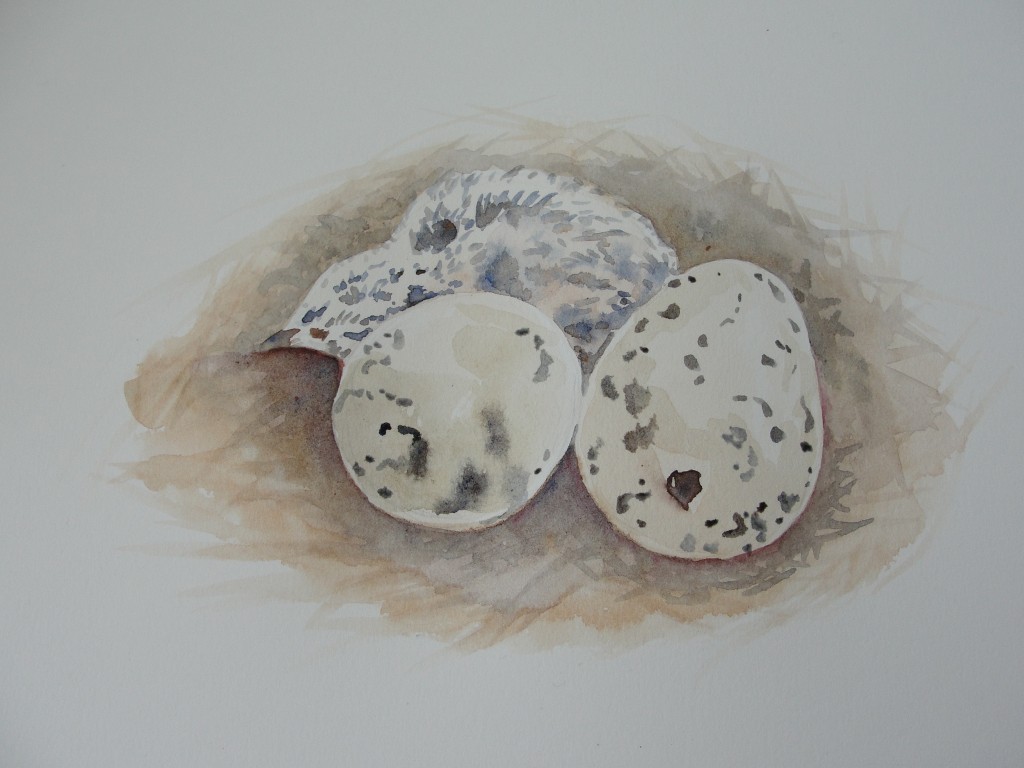Over the past week here on Cape Cod you may have begun to see our first butterfly of the season, the mourning cloak. The mourning cloak, Nymphalis antiopa is a fairly large butterfly that is dark brownish puplish with light bands on the outer edges of the wings. These butterflies are usually seen in lightly wooded areas where the sun can reach them but where they are well camouflaged against the old leaves and bare branches.
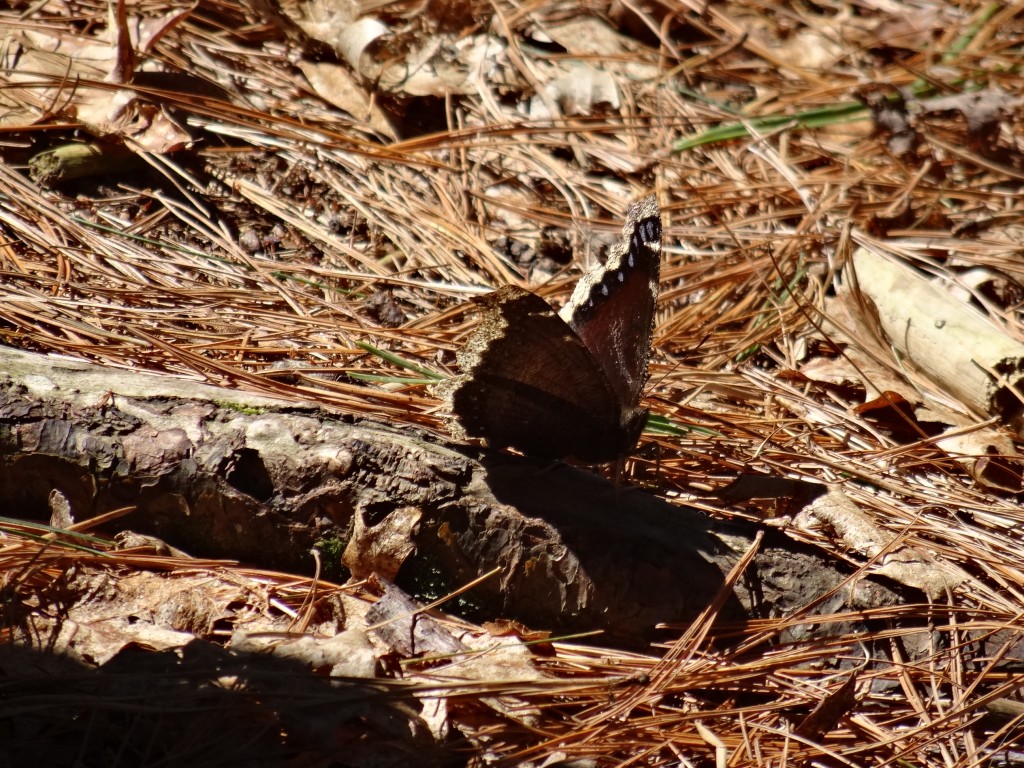 Some people think they are seeing bats or small dark birds when they first see them, as the flight of these butterflies can be a bit erratic and sporadic in the early spring. Believe it or not, mourning cloaks actually hibernate here throughout the winter and emerge as the air warms up.
Some people think they are seeing bats or small dark birds when they first see them, as the flight of these butterflies can be a bit erratic and sporadic in the early spring. Believe it or not, mourning cloaks actually hibernate here throughout the winter and emerge as the air warms up.
Often they seem to come out of nowhere because they blend into the background so easily…
Looks sort of like a twig, huh?
Some fun facts about mourning cloaks
- In early spring they mate and lay their eggs in circles on host plants such as willows, elms and birches
- Their caterpillars live communally in tents and can be a problem in shade loving trees
- By late summer the caterpillars have pupated and the butterflies have emerged
- Some mourning cloaks migrate though many hibernate
You can find more information and photos at Butterfliesandmoths.org

